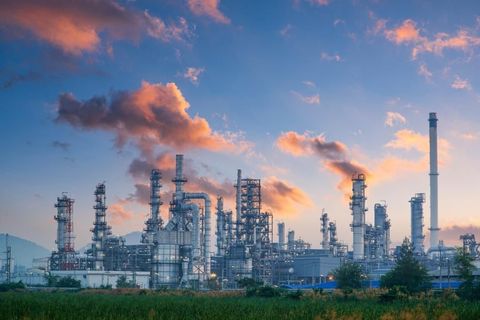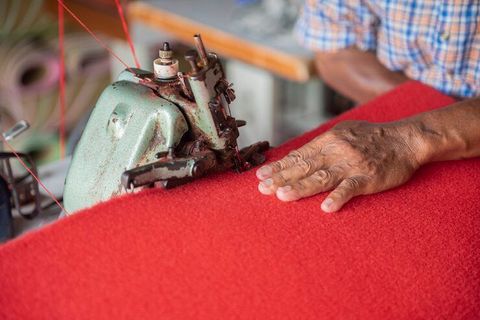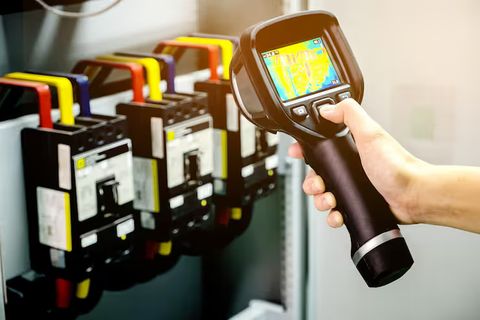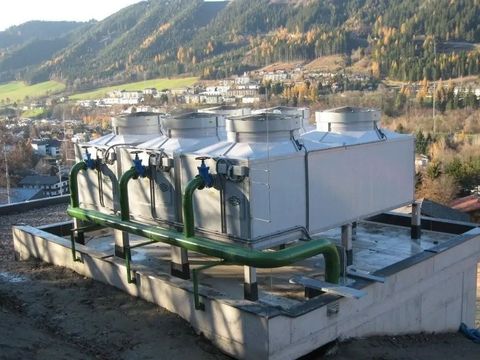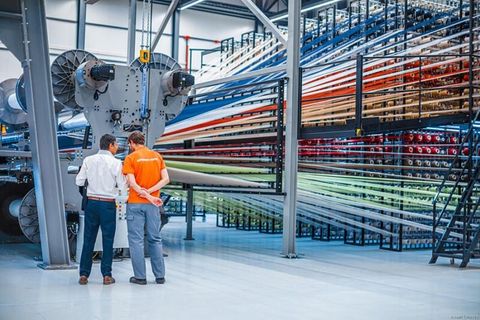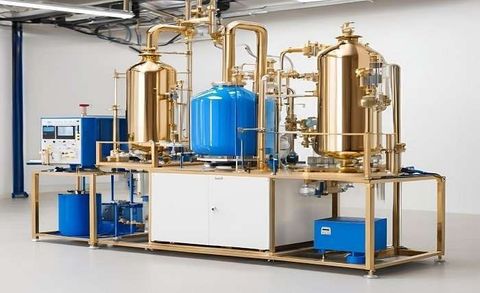Gold Refining Machines: Educational Insights, Tips, and Detailed Knowledge
Gold refining machines are specialized systems designed to purify gold by removing impurities and separating other metals. They exist because raw gold extracted from mines or recovered from recycled materials is rarely pure. Instead, it contains traces of silver, copper, and other elements that must be separated for industrial, jewelry, and investment use.
Refining machines provide a controlled and reliable process compared to traditional manual methods. They employ chemical, thermal, or electrochemical techniques to ensure high-purity results. From small laboratories to large-scale industrial facilities, gold refining machines serve as the backbone of precious metal processing.
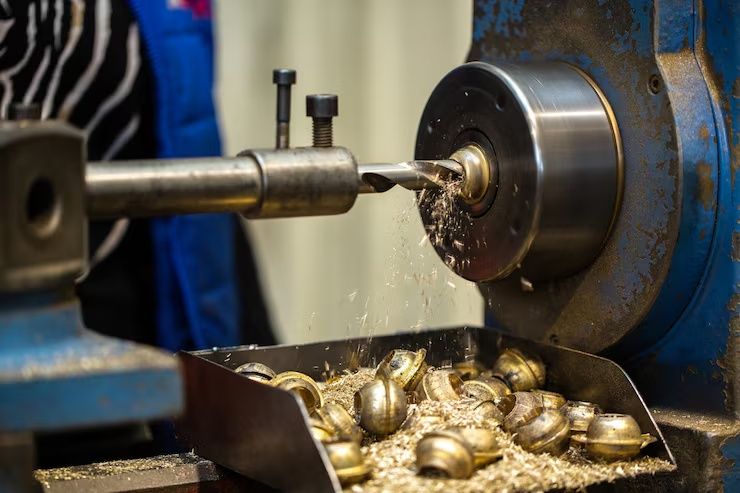 Importance
Importance
The role of gold refining machines is essential in today’s global economy. Their importance can be seen in several ways:
-
Purity assurance: Industries such as electronics and jewelry rely on gold with precise purity levels for conductivity and quality.
-
Environmental responsibility: Refining machines help reduce waste and improve the recycling of scrap gold, supporting sustainability.
-
Economic stability: Gold is both a commodity and a financial asset, and refining ensures that the gold entering markets meets consistent standards.
-
Industrial applications: Beyond jewelry, refined gold is used in dentistry, aerospace, and technology manufacturing.
The machines solve critical problems by ensuring that gold products are safe, reliable, and standardized. They benefit miners, refiners, manufacturers, and end-users alike.
Recent Updates
The past year (2024–2025) has seen notable advancements in gold refining technology:
-
Automation and AI monitoring (2024): Machines now include automated controls and sensors for real-time monitoring, improving precision and reducing operator error.
-
Eco-friendly refining (2025): New processes use fewer harsh chemicals, with alternatives like plasma refining and advanced filtration systems gaining traction.
-
Modular refining units (2024): Compact, mobile systems are being introduced to support smaller operations and localized recycling.
-
Digital tracking (2025): Blockchain integration is being tested to trace gold from mining to refining, ensuring ethical sourcing.
-
Energy efficiency improvements (2024): Machines designed with better thermal controls are lowering energy consumption during refining cycles.
These updates align with global trends in sustainability, digitalization, and ethical sourcing in the precious metals industry.
Laws or Policies
Gold refining is highly regulated due to its financial, industrial, and environmental significance. Laws and policies vary by region, but common frameworks include:
-
Precious metals standards: Organizations such as the London Bullion Market Association (LBMA) set strict purity and refining requirements for gold used in trading.
-
Environmental regulations: Agencies require refiners to limit emissions and manage chemical waste responsibly. For example, the U.S. Environmental Protection Agency (EPA) enforces hazardous waste rules related to refining processes.
-
Occupational safety rules: Worker protection laws, such as OSHA guidelines in the United States, regulate exposure to chemicals and high-temperature equipment.
-
Import and export policies: Governments enforce strict reporting and certification for gold movement across borders to prevent illegal trade and smuggling.
-
Anti-money laundering (AML) and conflict mineral laws: Countries worldwide require refiners to verify that gold is ethically sourced and not linked to illegal activities.
Such policies not only protect workers and the environment but also uphold trust in global gold markets.
Tools and Resources
Educational and practical resources can help professionals, students, and researchers understand gold refining machines better:
-
Purity testing calculators: Online calculators estimate gold purity based on weight and sample analysis.
-
Material safety databases: Provide guidelines for handling chemicals safely during refining.
-
Engineering simulation software: Platforms like COMSOL or ANSYS simulate refining processes for training and research.
-
Industry guidelines: LBMA Good Delivery Rules and ISO standards outline gold refining best practices.
-
Learning platforms: Universities and online courses provide modules on metallurgy, material science, and precious metal refining.
FAQs
What methods are used in gold refining machines?
Common methods include chemical refining using acids, electrochemical refining, thermal melting and separation, and modern plasma or catalytic techniques.
How pure can gold become after refining?
High-quality machines can refine gold to a purity level of 99.9% or higher, depending on the process and equipment.
Are modern refining machines environmentally friendly?
Yes, many new models use less harmful chemicals, advanced filters, and energy-efficient designs to reduce environmental impact.
Why is regulation important in gold refining?
Regulations ensure worker safety, prevent environmental harm, and maintain trust in the gold market by verifying purity and ethical sourcing.
What industries depend on refined gold besides jewelry?
Electronics, medical devices, aerospace engineering, and renewable energy technologies all rely on refined gold for its conductive and non-corrosive properties.
Conclusion
Gold refining machines are a cornerstone of the global precious metals industry. By ensuring purity, improving efficiency, and supporting sustainability, they bridge the gap between raw extraction and high-quality end products.
Recent updates such as automation, eco-friendly processes, and blockchain integration highlight the industry’s shift toward innovation and responsibility. At the same time, regulations safeguard the environment, workers, and global markets.

